Learn information about the Earth, sun, and moon while comparing the physical characteristics of each with this 22-slide instructional slide deck.
What are Celestial Bodies?
Celestial bodies are objects that exist in space which include stars, planets, moons, asteroids, comets, and other natural objects. These bodies are typically composed of various materials, such as rock, ice, gas, and dust, and they vary greatly in size, shape, and composition. Three of the most important astronomical objects for humans include the sun, moon, and Earth.
Your students may be asking questions such as,
- In what way is the moon similar to the Earth?
- How are the Earth, moon, and sun different from each other?
If your students are eager to learn about the sun, moon, and Earth, you have come to the right place! Teach Starter has developed a 22-slide presentation that will help your students identify and compare the physical characteristics of the sun, Earth, and moon.
Students will learn about the following:
- Size
- Composition
- Purpose
- And more interesting facts!
Make sure to check out additional resources that cover characteristics of the Earth, sun, and moon!
Easily Prepare This Resource for Your Students
Use the Download button to access the editable Google Slides version of this resource.
Don’t stop there! We’ve got more activities and resources that cut down on lesson planning time:
[resource:65789] [resource:1942938] [resource:4896452]
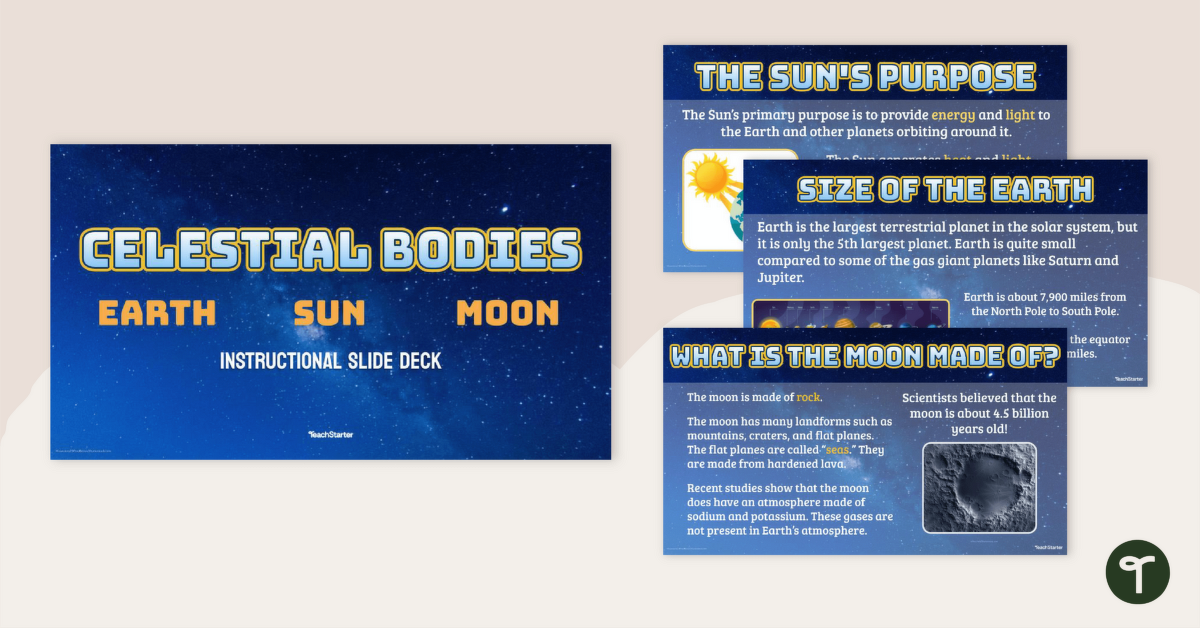

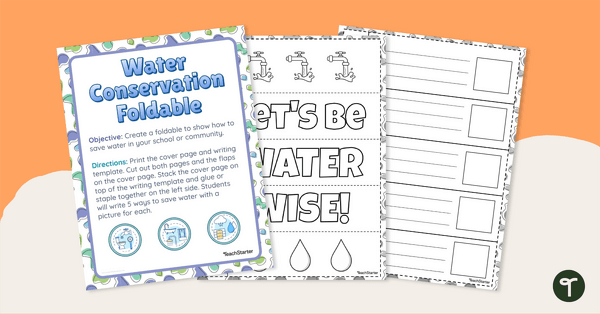
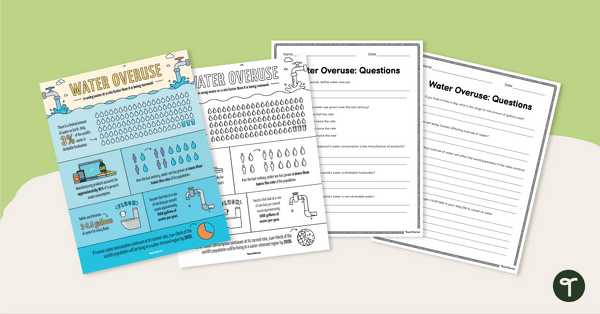
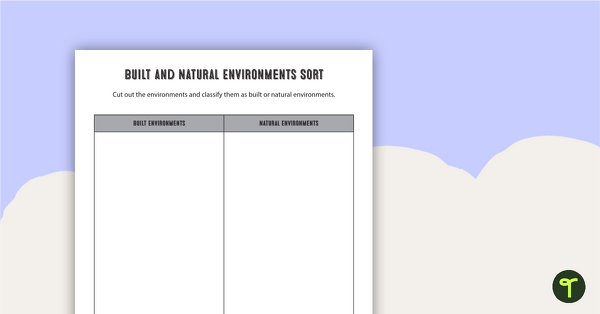
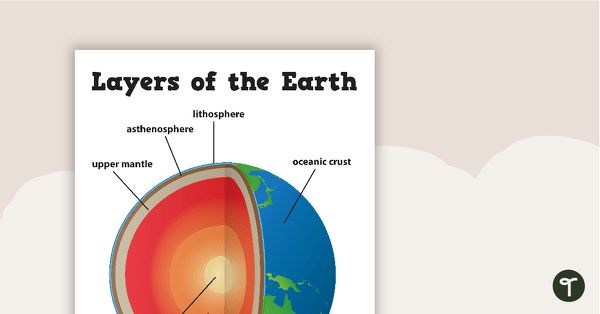
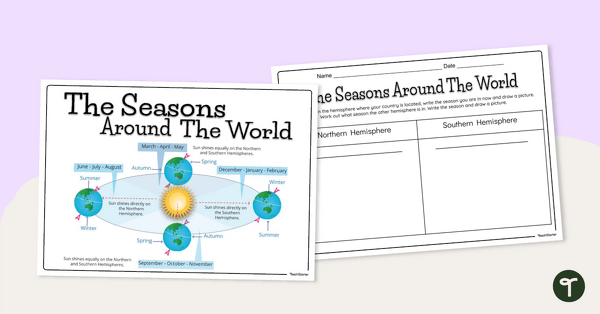
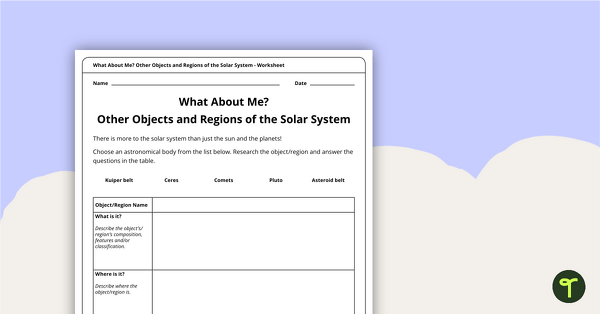
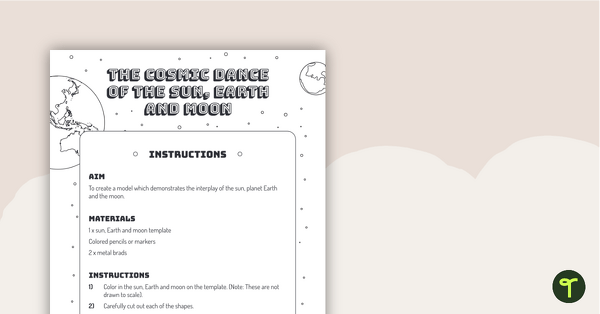
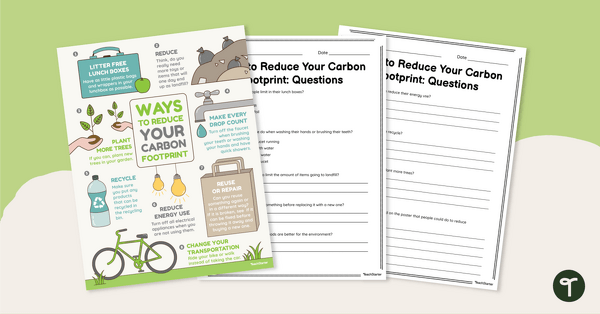
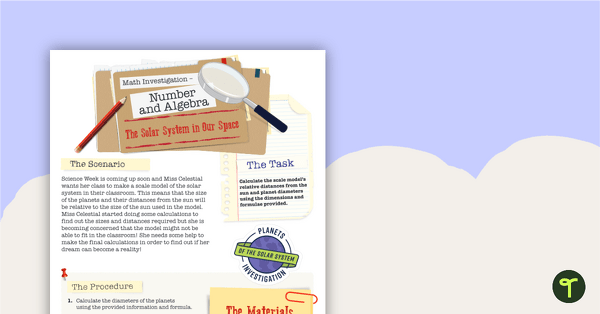

0 Comments
Write a review to help other teachers and parents like yourself. If you'd like to request a change to this resource, or report an error, select the corresponding tab above.